Published by Jeremy. Last Updated on February 7, 2023.
Disclaimers: Our site uses demographic data, email opt-ins, display advertising, and affiliate links. Please check out our Terms and Conditions for more information. Listed prices and attraction details may have changed since our visit and initial publication.
When it comes to photography, one of the most popular camera models currently out there is the Sony a6000 mirrorless camera.
After my initial hesitation of buying yet another Sony camera, I came around and haven't regretted my decision in the slightest (read our full Sony a6000 review here for more on that).
After working with the kit lens for quite some time, I made the decision to take the leap into buying more lenses for my arsenal. I was then left with one rather challenging question: what are the best lenses for Sony a6000?
As someone who primarily shoots landscape and macro photography, this led me into the world of prime lenses- something I think most photographers know little about but would be greatly interested in.
During my investigation of prime lenses I found that most of the articles were bit confusing- not so much for the technical nature of them, but more because I wasn't sure if they would suit my needs when it came to photography.
To accommodate this gap and help out fellow travelers in this same situation, this non-technical guide was born.
Best Lens for Sony a6000?
When I was researching what prime lens to buy for my camera for landscape photography, I was unsure about the difference between all of the options. For owners of the Sony a6000, you'll most likely be looking at the 20 mm f/2.8 prime, 16 mm f/2.8 prime, and the ultra wide angle (UWA) adapter which increases the viewing area on both lenses to 16 mm and 12 mm respectively.
When I purchased my first lens I didn't know much about the options and bought the 20 mm prime purely because it was the best rated lens of the bunch (a great decision, for those who skip out here).
After buying the 16 mm and the UWA adapter to take the viewing area to 12 mm, I can safely say there is a world of difference between the two.
Since most travel photographers are concerned about viewing area more than any other detail (we'll get into the others below), this is the most important piece of information we can share right away.
The difference between 20 mm and 12 mm in viewing area is huge- practically double! Check out these images below that show the differences from the scenic overlook in Pittsburgh (our home town):
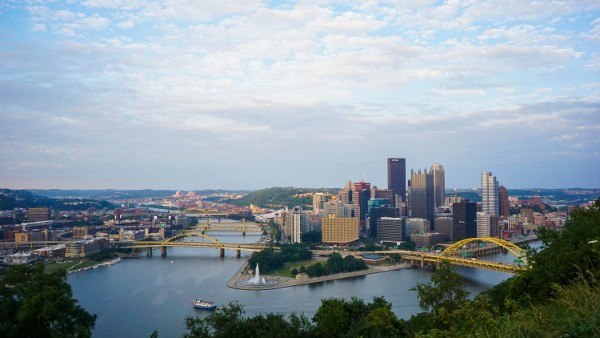

If you want to put all other details aside for the moment, these two photos speak volumes at what we're talking about when it comes to wide angle photography.
Unfortunately, there is a lot more going on with these lenses (and the above photos) such that we have to take it one step further to help you make the best decision on what lens is best for you.
The 20 mm is a Better Product – But I Love Both
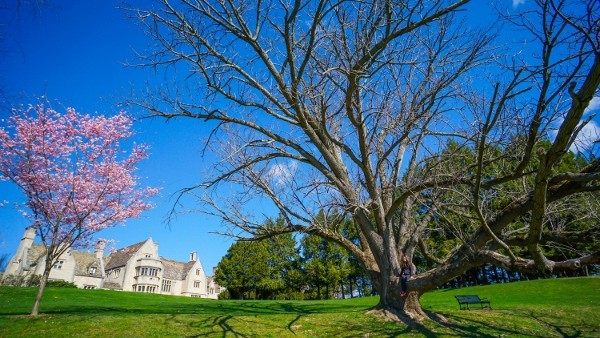
When it comes down to it there are positives and negatives to both lenses, and there are several points you should really consider when looking at what lens to buy for capturing your travels.
As with most things, these tend to fall in line with how into photography you are and what you want to do with your images after you take them.
For us, we came up with several important observations after using these lenses for quite some time:
First, and perhaps most importantly, many of the 20 mm prime shots shown here capture a great viewing angle, but what they do not show is me in the background grumbling that I wish it could capture more of the scene.
Book Your Trip Today
Flights | Hotels | Apartments | Rental Car | Cruises | Day Tours
In that respect, the 16 mm + 12 mm UWA (henceforth just written as 12 mm prime) was a perfect upgrade option for me.
The 12 mm prime lens combination produces incredible wide angle shots and gives you access to scenes you never would be able to capture otherwise.
If you're looking for sweeping outdoor vistas, full indoor photos, or to capture scenes that you just can't quite get with the 20 mm prime, this one is definitely for you as you can see from our photos.
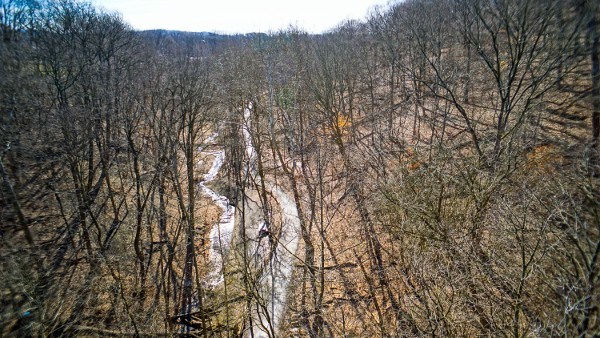
Second, there are some downsides to this lens upgrade.
When it comes to 12 mm ultra wide angle photography, the quality on the fringe of the image reduces drastically.
This means increased blur (especially from subtle movements at lower shutter speeds), angle distortion (causing some scenes to bend off-center), and vignetting.
Suffice it to say, if you don't edit photos within Lightroom, you may want to determine if you are obsessive over your images like I am (if that's the case, you probably already edit your images and don't need to worry).
For the blurring issue, you'll also see that photos taken in HDR mode don't turn out as often as they would on a 20 mm prime (which is sad to me because I use it as a default) and also likely want to use a tripod more than you normally would as well.
Worst case, plan on taking one or two extra shots of each image just to ensure you get the cleanest shot.
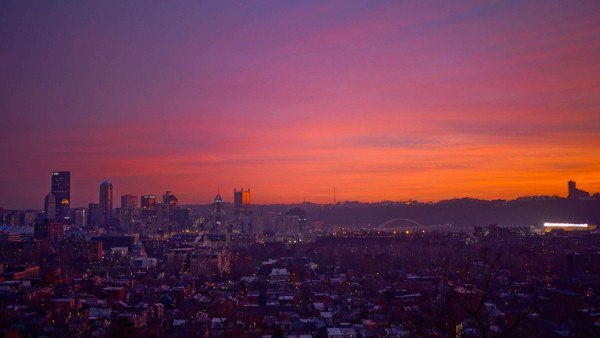
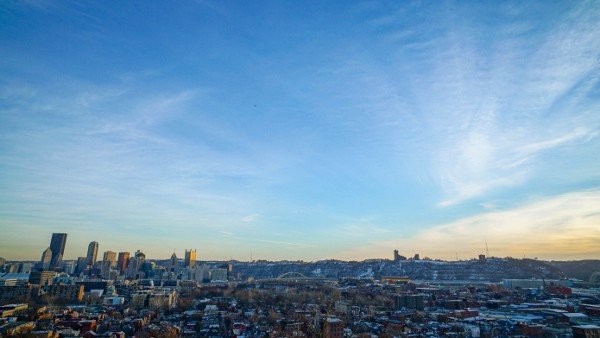
For the angle distortion issue, you'll need to be especially careful when it comes to shooting scenes with obvious vertical lines (like skylines) as the fringe lines will look off when compared to ones in the center.
Depending on your perspective of the photo this could be a non-issue or a huge problem, and we've had several readers point it out in our photos in the past (most likely because they are into photography as much as we are).
Unfortunately, these are the trade-offs you get with the UWA lenses- especially affordable ones.
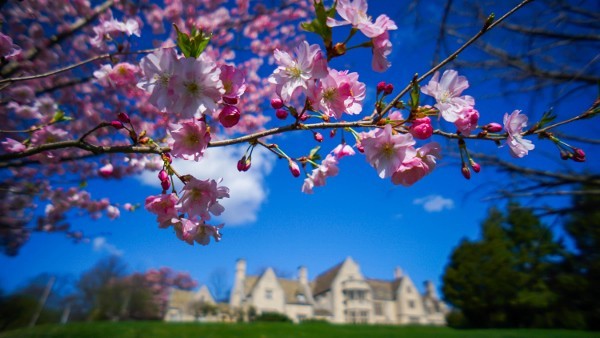
One issue that the 20 mm lens works flawlessly on when compared to the 12 mm UWA is low light, macro photography (namely food). We've had many cases where we've taken the 12 mm lens out to a bar or restaurant and were unable to get any good food photos purely because the lighting was low and we couldn't get a focused shot (although for those who shoot in Aperture Priority mode, this issue is less pronounced there versus Shutter Priority or Auto).
Even when there is good lighting, we often find ourselves casting a shadow on the food when taking a photo with the 12 mm as we have to be right on top of the plate in order to get a good shot.

So while the 12mm lens does well for lighted macro photography, you do have to be careful if shadows or low lighting are a concern because the lens simply does not work well under these conditions.
It is also worth noting that because the view is so wide you do have to literally right on your subject, which at times can be quite tricky too.

It may seem like we have more complaints with the 12 mm combination than with the 20 mm, and it is true.
I do not want to hide the fact that the 20 mm is an amazing lens where the only drawback is that the viewing angle isn't massive.
Go any larger without upgrading to an incredibly expensive piece of glass and you'll have to make a few trade-offs, which is exactly what you find here.
That being said, when it comes to getting some truly epic, wide angle photos like the ones shown in this post, the 12 mm lens combination is stellar- faults and all.
A Good Rule of Thumb on the Lenses
Overall, I use the lenses for the following scenarios in travel photography which should be a good guide on which you should pick up. Figure out what scenes you shoot the most, and consider your lens choice for your Sony a6000 accordingly:
- Sweeping vistas: 16 mm prime + 12 mm UWA.
- Non-sweeping vistas (or ones that are easier to capture by backing up): 20 mm prime.
- Tight indoor shots: 16 mm prime + 12 mm UWA.
- Distance portraits: 16 mm prime + 12 mm UWA.
- Macro / food photography: 20 mm prime.
- Low-light indoor/macro photography: 20 mm prime unless with tripod.
- HDR mode: 20 mm prime.
- Scenes with potential movement (including subtle movements like swaying trees): 20 mm prime.
- Other scenarios: There are many scenarios where wide angle prime lenses are not good at all (such as traditional portraits and anything requiring zoom, naturally). As such, you may want to keep your kit lens or upgrade to a better telephoto lens for those situations as well.
Not sure what to do? If you're looking to get into prime lens market for landscape photos, I'd recommend starting with the 20 mm prime– especially if you've never used prime lenses before.
This is one of the best Sony a6000 lenses currently available (in our opinion), and is a good start into prime photography for landscape shooters.
If this was your only wide angle lens on a multi-country trip, odds are good you'll be able to capture the vast majority of your desired photos with it, and that should be enough for most (especially if you can't afford many lenses).
From there, we recommend taking that one out for a spin for a while before traveling to see if it captures everything you are looking for when you take photos. If you find that there are scenes you'd like to shoot which are even wider (like we did), consider buying the UWA adapter to knock the 20 mm down to 16 mm as the adapter itself is quite affordable and works on both lenses.
If you want even more, you can then buy the more expensive 16 mm prime to go completely down to 12 mm with the adapter if you want the widest view possible.
If you buy them all, keep in mind you'll likely have to put more work into your photography (including using a tripod and editing in Lightroom- all images in this post were touched up slightly but were also taken freehand) and frequently swapping lenses to ensure all photos turn out the very best.
We're thoroughly prepared to do this, but I do not think most photographers would be up to this task as it is much more work than it seems.
If all of this doesn't bother you, having these three lenses in your arsenal is a game changer for your photography, and buying them was one of the best decisions we've ever made.
To buy your camera or lens, please click on one of the following links: Sony a6000 camera, Sony 20 mm f/2.8 prime, Sony 16 mm f/2.8 prime, Sony UWA Adapter 16/12mm.
For frequently asked questions about prime lenses for the Sony a6000, see the following.
What is a prime lens?
A prime lens has one fixed focal length (e.g. 35mm) with no zoom capabilities.
What makes prime lenses attractive?
Generally speaking, prime lenses use less glass than their zoom-capable counterparts and therefore are cheaper while offering great aperture ratings.
If you had to pick between prime and a zoom lens, which would you pick?
Price is likely a main concern when deciding between these two lenses. With a prime, the zoom function is your own two feet. If you are deciding between a $200 prime and a $750+ telephoto, the answer then becomes based on your intended use of the lens.
Do you use other Sony lenses?
Yes. We have other Sony lenses with telephoto capabilities but always seem to go back to our primes for most normal shooting scenarios.
Have an existing blog that is in need of an upgrade? Check out the following services we personally use!
- BigScoots - Premium managed hosting with plans as low as $35/month.
- GeneratePress - A customizable theme designed for site speed.
- AdInserter Pro - A widget logic plugin that is quite powerful.
- WP Rocket - An image and caching optimization plug-in.
- Mailerlite - Cost effective newsletter service.
- Keysearch - Keyword research tool for SEO.
- Pretty Links Pro - A great link cloaking tool to clean up affiliate links.
About Jeremy

About the Author: Jeremy is a full-time travel writer based in Pittsburgh and primary author of this site. He has been to 70+ countries on five continents and seeks out new food, adventure activities, and off-the-beaten-path experiences wherever he travels.
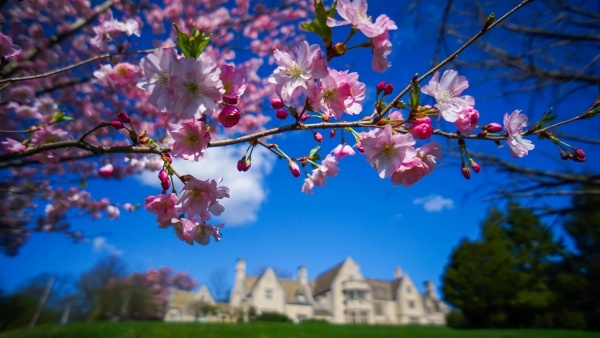
This article was incredibly helpful. I just bought my first camera ever, the Sony a6000, and I’m completely clueless as to how any of this works. Well…was clueless because I learned a lot just reading through this whole thing! In Feb of next year, I’m traveling to Dublin, Amsterdam, and Germany, each getting 7 days. Needed to read this!